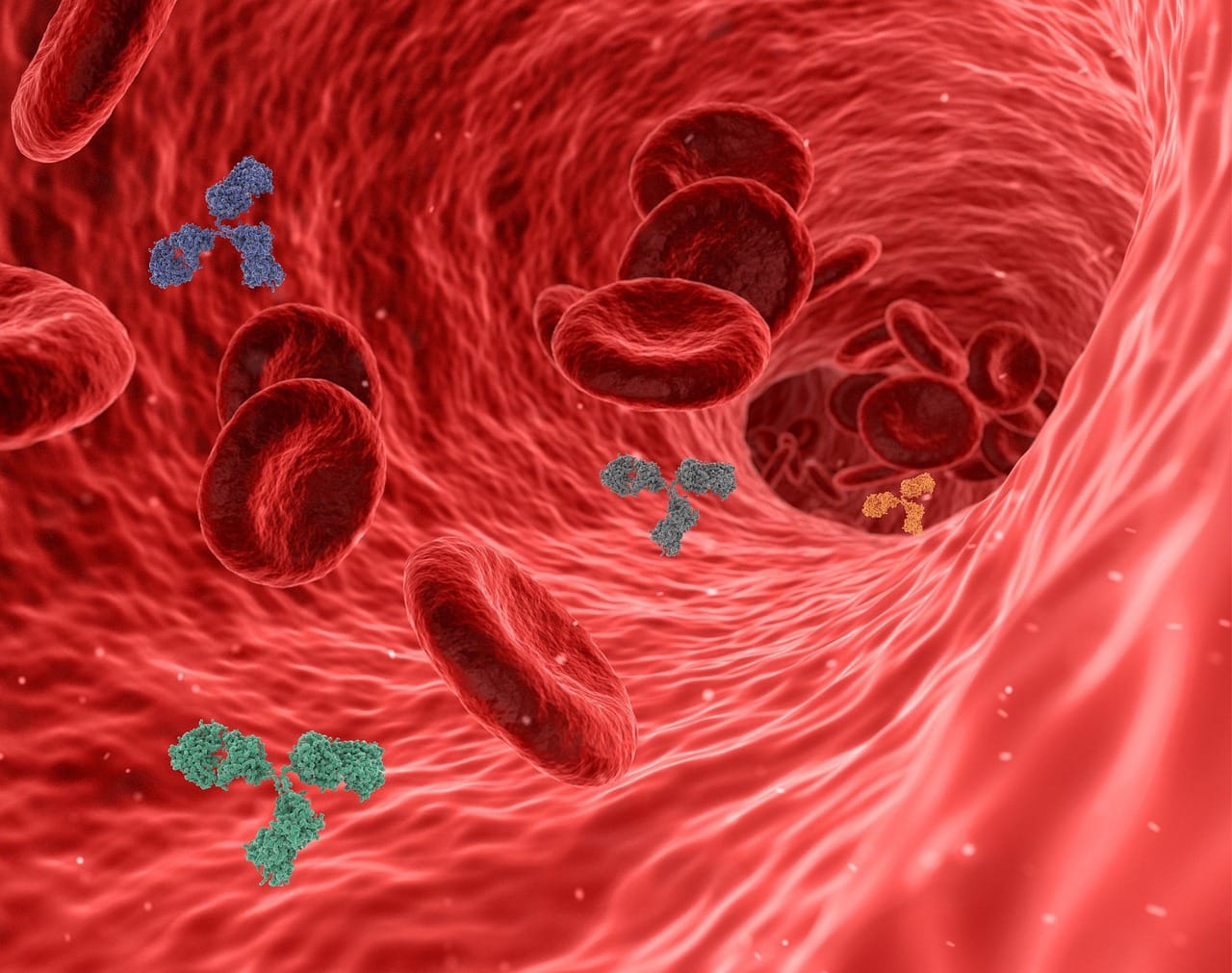More than 180 cases of lung cancer have been detected thanks to an NHS screening programme.
South Tyneside and Sunderland NHS Foundation Trust launched the Lung Health Check scheme in October 2022 and since then more than 35,000 people have used…

More than 180 cases of lung cancer have been detected thanks to an NHS screening programme.
South Tyneside and Sunderland NHS Foundation Trust launched the Lung Health Check scheme in October 2022 and since then more than 35,000 people have used…

Substitute Josh Windass’ spot-kick sent Wrexham into the international break on the back of 1-0 win against last season’s promotion rivals Charlton.
Saturday’s Championship encounter came just six months after Wrexham sealed a historic third…

A more polished and precise All Blacks XV triumphed over England A 31-14 in their second match of the UK and French tour, held in Bath.
In clear autumn conditions, the visitors struck first after just twelve minutes and…
This request seems a bit unusual, so we need to confirm that you’re human. Please press and hold the button until it turns completely green. Thank you for your cooperation!

Every November 7 is N7 Day, a celebration of BioWare’s Mass Effect franchise. While 2025 marked another year without any concrete info or a reveal for the fifth entry, developer BioWare had a piece of art that further lays…

Despite effective HIV medication, the immune system of people with HIV remains disrupted in the long term.
Researchers at Amsterdam UMC investigated whether this dysregulation can be prevented by starting HIV medication immediately after…

There is a growing imperative for cardiology care models and clinical trials to better reflect the realities of aging.
At the

Amazon.com recently announced strong third-quarter 2025 results, highlighted by a surge in AWS revenue and the signing of a landmark multi-year, US$38 billion cloud services agreement with OpenAI to support advanced AI workloads.
This collaboration marks OpenAI’s first major cloud partnership outside of Microsoft, underscoring Amazon’s strengthening position in artificial intelligence infrastructure and cloud computing.
We’ll explore how the new OpenAI partnership and AWS growth momentum could reshape Amazon’s investment narrative around cloud and AI innovation.
Uncover the next big thing with financially sound penny stocks that balance risk and reward.
To own Amazon.com shares, you have to believe the company can translate its scale in e-commerce and technology into leadership in cloud and AI, offsetting regulatory and cost pressures. The landmark US$38 billion multi-year cloud partnership with OpenAI and recent surge in AWS revenue offer a clear short-term growth catalyst, but the demands of rapid innovation and rising capital intensity remain the primary risk to margins and overall earnings. The announcement helps the catalyst, but does not materially erase the risk.
Among announcements, the expanded collaboration between AWS and Verizon to provide resilient, high-capacity infrastructure for AI workloads stands out. This builds on AWS’s momentum by supporting large-scale deployments for clients pursuing advanced AI applications, reinforcing the thesis that Amazon is making meaningful progress capturing the next wave of cloud and AI adoption.
However, increased capital needs and supply constraints tied to supporting these ambitious partnerships are risks investors must not ignore…
Read the full narrative on Amazon.com (it’s free!)
Amazon.com’s outlook suggests revenues of $905.9 billion and earnings of $111.9 billion by 2028. This is based on an assumed annual revenue growth rate of 10.6% and represents an increase in earnings of $41.3 billion from the current $70.6 billion.
Uncover how Amazon.com’s forecasts yield a $287.57 fair value, a 18% upside to its current price.
142 fair value estimates from the Simply Wall St Community place Amazon.com’s worth between US$173.76 and US$294.90 per share. With AWS’s growing capital demands and heightened competition, your outlook on future margin resilience may tip your own view on the company’s true value.
Explore 142 other fair value estimates on Amazon.com – why the stock might be worth 29% less than the current price!

Famous Pakistani comedian and television host Ayaz Samoo has made a surprising revelation, stating that male actors in the entertainment industry also undergo lip botox and other facial beauty procedures to enhance their appearance.
Speaking on a…